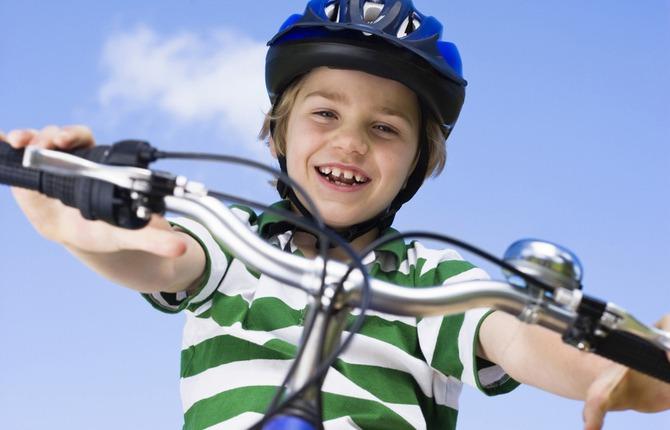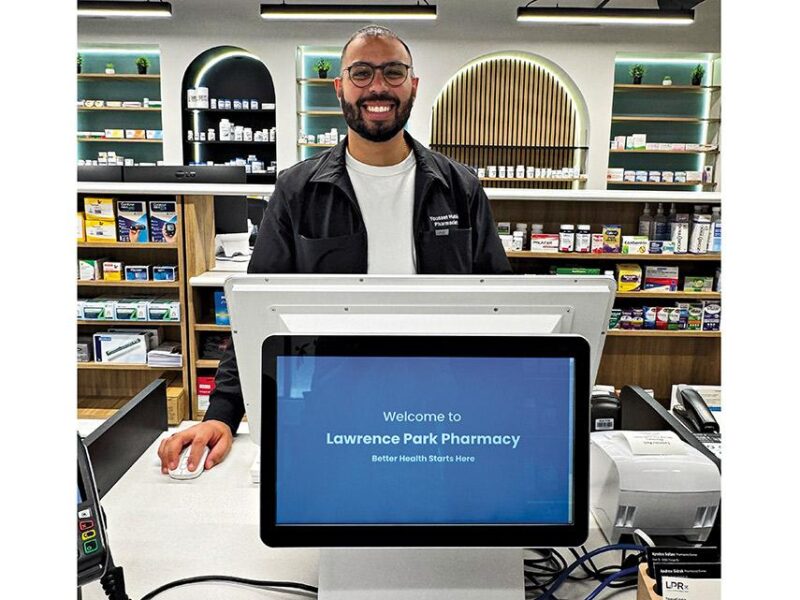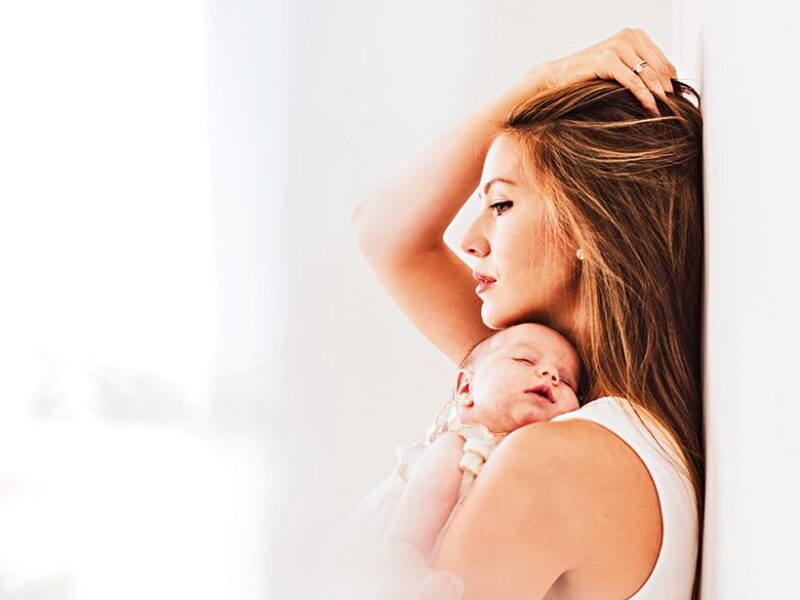
Top 10 tips for bikers
Learning to ride a bike is one of the highlights of childhood but the learning needs to go farther than mastering the skills. Knowledge of safety is also necessary. The experts at Pedalheads, an instructional bike safety and skills program for kids aged 2-12 offer the following tips for aspiring young cyclists.
1.Bike check – what to do and getting the right fit
• For beginners, the child’s feet should be able to touch the ground while they’re seated on the bike. The main reason is to help with their confidence.
• For children that are beyond the beginner stage, they should be able to touch the ground with their heels slightly raised. This helps with adding power to their pedalling.
• A light bike is often the best for a beginner as it makes it easier for the child when they lift their bike or want to maneuver with it.
• Make sure the bike fits the child at the time they are riding – Avoid purchasing a bike that’s too big. This is one of the most common mistakes, as parents often buy a bike that will be great for them in the future. It is far better to have a bike that suits their immediate needs.
• You do not need to break the bank for that first bike. There are plenty of great used sporting good shops or bike shops that sell perfectly adequate bikes at a reasonable price. Some shops may try to convince you to buy a long lasting bike that will be good for the child in the future, but really doesn’t meet their need right now.
TIP TOO BIG – If the child is unable to touch the ground with their feet even after the seat has been lowered all the way, the bike is much too large.
TIP TOO SMALL – If the child can touch the ground with their feet but a visible bend in the knees is observed, the bike is likely a bit too small.
2. What type of bike should Children of various age groups ride on?
• 2-3 year olds – can really benefit from “strider” or “run” bikes
• Run bikes are a great way for children to develop their balance as the only way they can move themselves forward is by pushing their feet along the ground and gliding. They are great at boosting balance, developing leg strength and the child has tons of fun on it.
• 4 year olds – at this age, children should be on bikes with pedals and training wheels. The child may have adequate leg strength and balance which would allow for the introduction of learning to ride on their own.
TIP – Training wheels shouldn’t be taken off if the child is having difficulty pedaling on their own with the training wheels still attached. Also, don’t rush the process. Taking the training wheels off too early can become a negative experience for the child and may lead to resistance in learning.
• 6+ range (and advanced riders) – For children that are a bit older and have adequate riding experience, it’s time to start thinking of getting them a bike with gears. Gears will be helpful for long rides which include uphill and downhill riding.
3. Safety equipment – what is needed?
• The number one rule of biking is to always wear a helmet, and have one that is worn properly (see our next tip on how a helmet should fit).
• Knee and elbow pads and gloves are optional. In some cases, these types of pads can instill a bit of fear in the child as it might psyche them out of learning on their own. A helmet again is the essential safety item that they should have.
4.How should a helmet fit?
At Pedalheads®, wearing a helmet is the most emphasized safety principle when one rides a bike. Research shows that up to 90 per cent of fatal bicycle crashes are the result of head trauma. Wearing a properly fitted and certified helmet will cushion and protect the head, significantly decreasing the chance of causing serious brain damage.
IS IT TOO SMALL?
1) Place your child's helmet on their head.
2) Face your child.
3) Check that there is no more than a two finger gap between your eyebrows and the front part of the helmet.
IS IT TOO BIG?
1) Place your child's helmet on their head.
2) Keep straps off.
3) Have child shake head front to back and side to side.
4) Watch to make sure helmet does not slip or slide off.
HELMET RETENTION
We strongly recommend children bring a helmet with a retention system that allows you to adjust the fit.
5) When are children ready to drop their training wheels?
There are a few things that we look for before letting a child ride on their own without training wheels:
- Leg strength – If the child can pedal continuously with ease while the training wheels are still attached, this is a good indication that they’ll be able to pedal on their own once the training wheels come off.
- Balance – A great way to test this is to remove the training wheels for a little bit and have the child practice gliding. Gliding is when the child pushes themselves forward on their bike while pushing their feet on the ground and lifting their feet up when they gather some speed. If a child can glide for a few feet on their own, they are demonstrating great balance and this will help them when the training wheels come off permanently.
- Confidence – Is the child emotionally ready for biking? Even when a child is physically ready, they may not be emotionally ready to ditch their training wheels. It’s extremely important to make sure that the child understands that they are ready by offering positive encouragement when they demonstrate their physical ability.
6) When are children ready for the road? Do they need to be a certain age or a certain ability?
• At Pedalheads, children in level 4 “advanced Pedalheads” and above are able to go on the road. Children also have to be at least six years old, as this is an age where children can really grasp the importance of safety concepts and riding on the road.
• Younger children might have the biking ability, but may not comprehend the fact that dangers will be encountered when they tackle the streets with their bikes.
• The following concepts should be addressed before going out on the road:
- An understanding of road signs and how to react when encountering them
- While riding with others, an understanding of the proper spacing between riders (1-2 bike lengths)
- How to perform hand signals (stop, left turn, right turn)
- It is extremely important for children to maintain focus while riding on the road. Distractions of all kinds should be minimized to ensure their safety. (Riding without two hands, using cell phones, listening to music, etc.)
7.How to avoid accidents
• Plan routes based on experience
• Bikers without much road riding experience should avoid heavily trafficked areas and stick to calmer bike routes
• As mentioned above, always maintain focus and be aware of what is happening on the road (oncoming traffic, cars turning, doors opening from parked cars)
• Making eye contact with other bikers, drivers of cars and pedestrians is a great way to avoid tricky situations and ensure everyone is aware of their surroundings.
7.Dealing with hills, stop signs and other obstacles
• Children should practice hill riding at local parks before they try them on the road
• When tackling hills on the road, gear bikes can really help children as they will make the experience easier and safer for them
• Regardless of traffic conditions, always stop at stop signs. Also, even if you do not have a stop sign in your path, be careful when going through an intersection because as we all know, not everyone adheres to stop signs. Proceed at a slower pace through intersections and make sure you are looking both ways.
7.How do I keep my child interested in biking?
• Go on a family bike ride.
• Find new locations to bike to and turn it into a really fun adventure for yourself and your children
• Switch things up!
- One day go for a nice long ride on a bike route, and next time, go on a trail or even try some basic mountain biking
10) What type of surface should they practice on before they get on the road?
Don’t be too hasty to have your child jumping onto the road. Have them ride on a flat surface such as grass in a park (often the best choice as it is soft if they do fall) or pavement in an empty parking lot. It will be good for them to gradually become more comfortable on different surfaces.
Pedalheads programs opened recently in Mississauga, Oakville and Burlington. There are now 16 locations across Ontario where kids can learn to ride in a fun and safe environment. For more information visit www.pedalheads.com.





